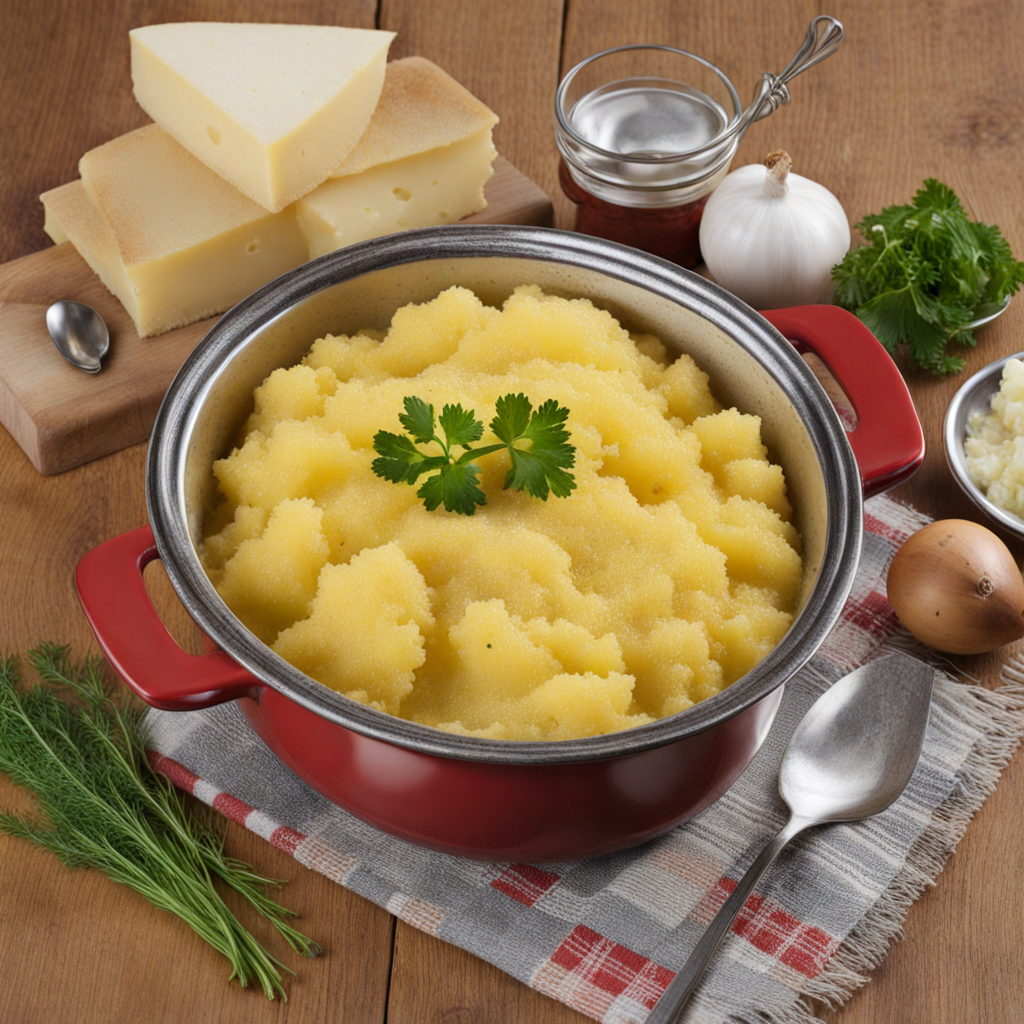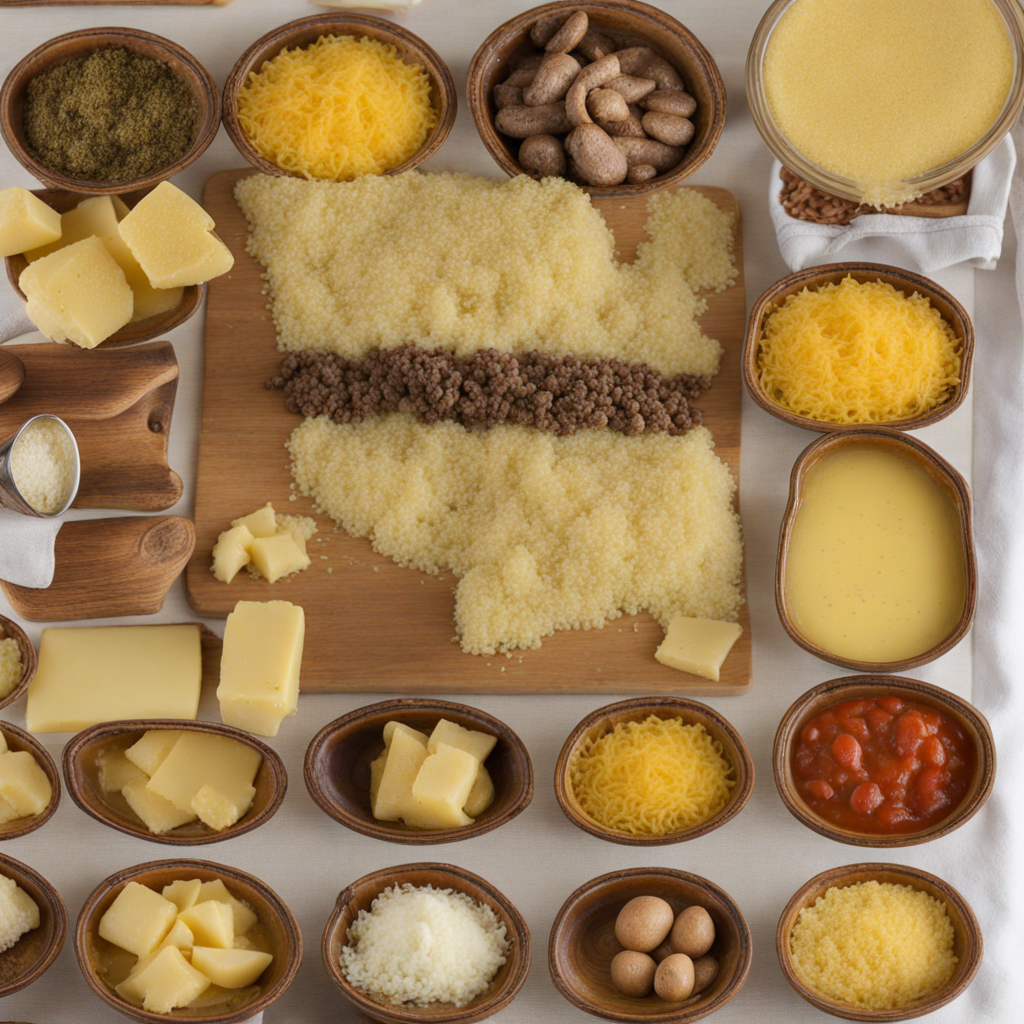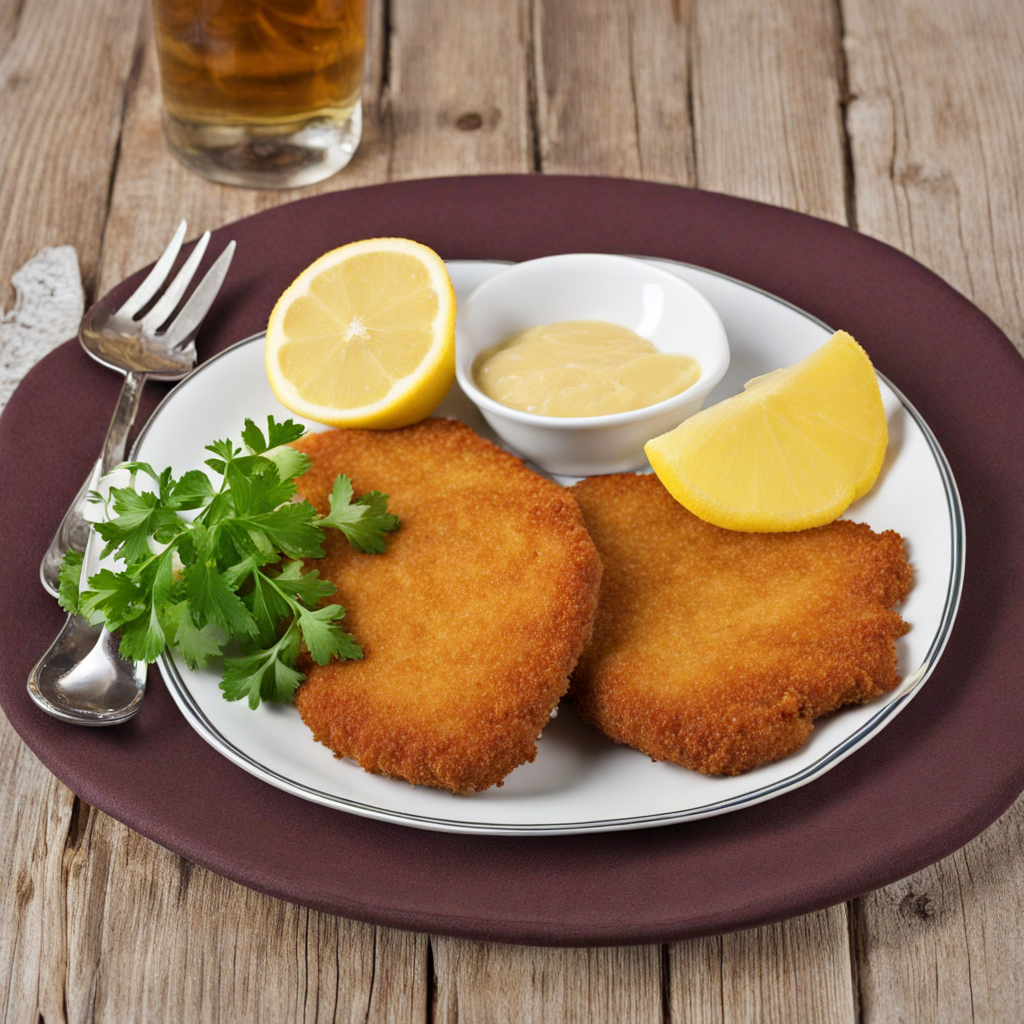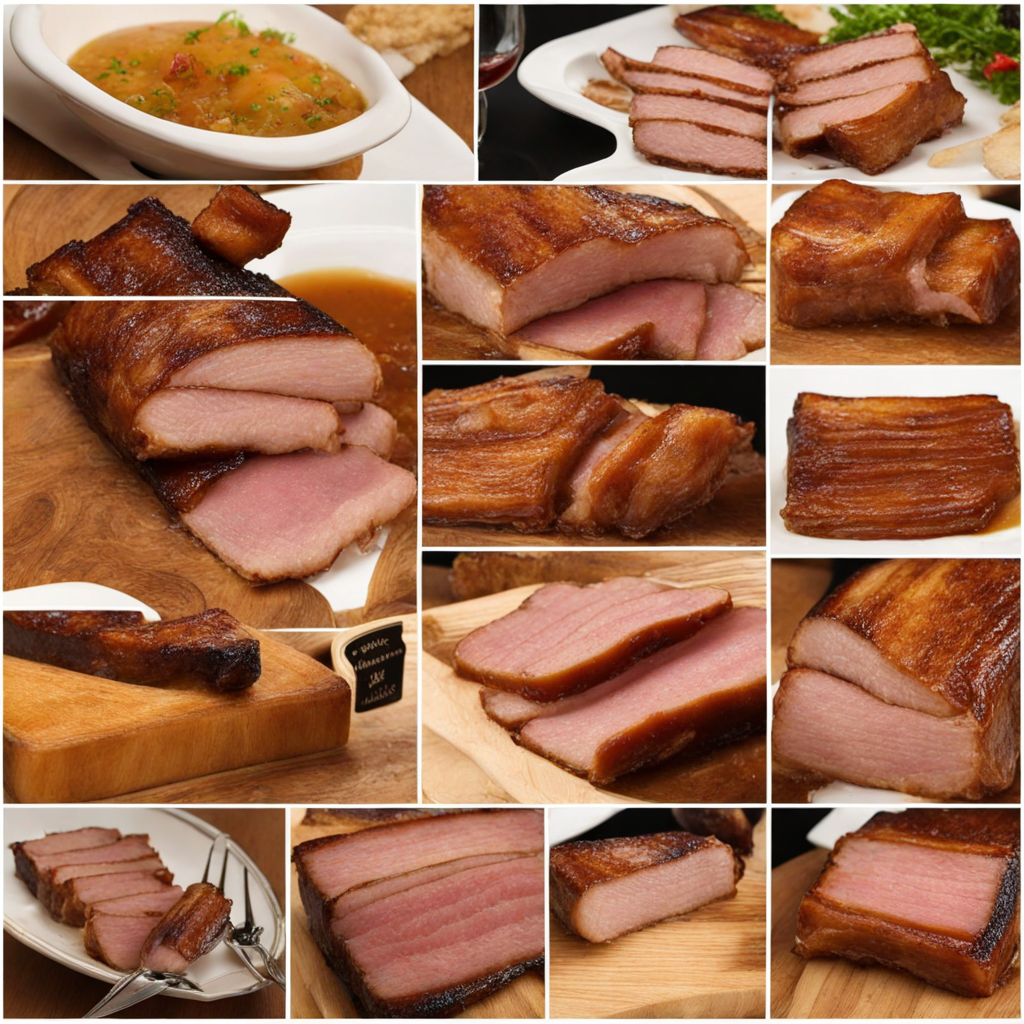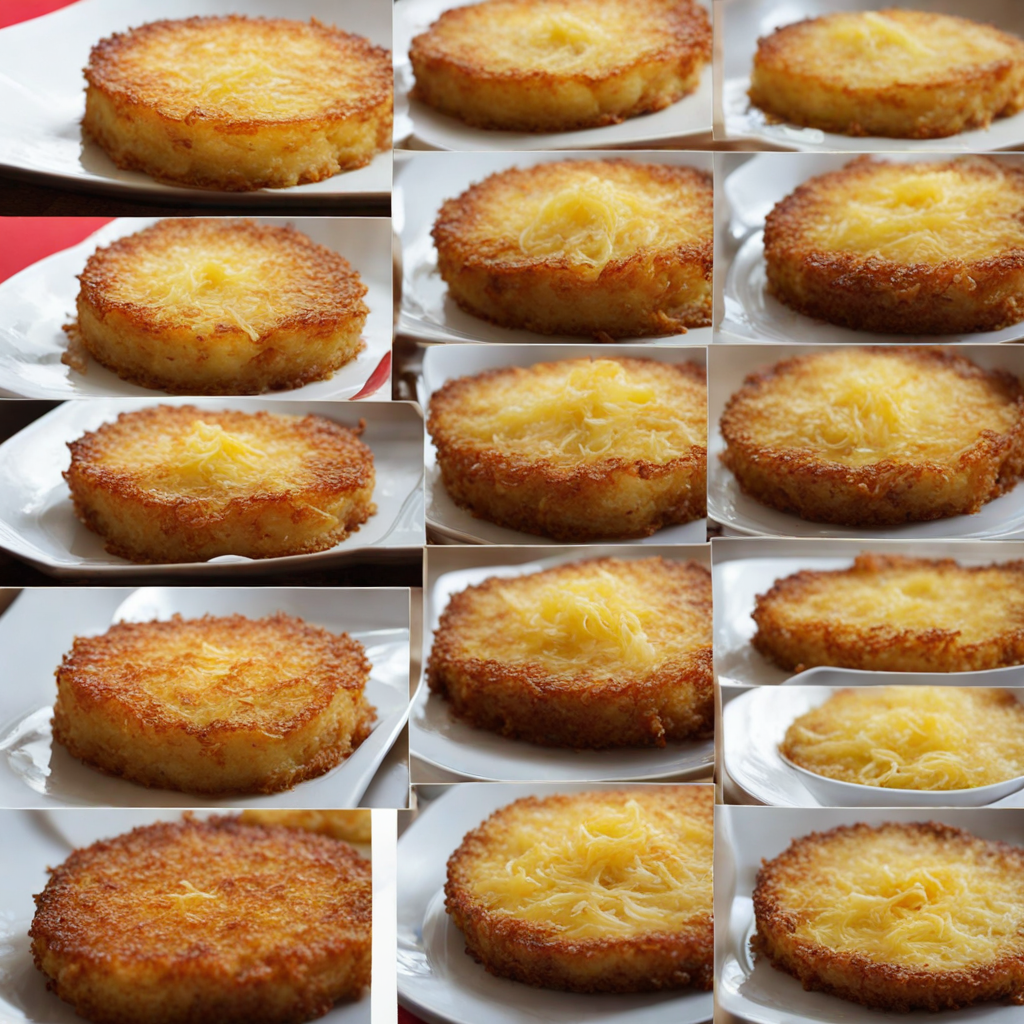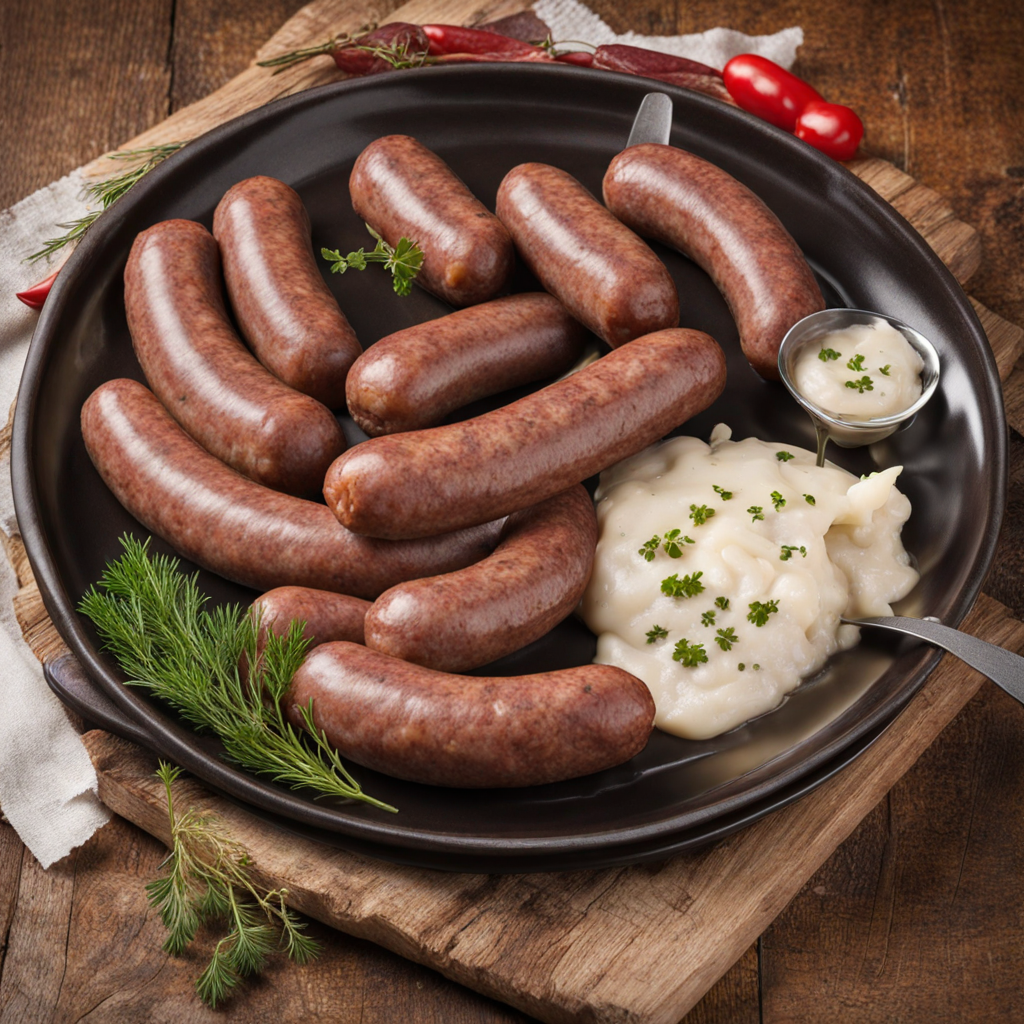Hafaläb
Hafaläb, a traditional dish from Liechtenstein, reflects the rich culinary heritage of this small, landlocked principality nestled between Switzerland and Austria. The name "Hafaläb" translates to "half a loaf," which is quite fitting as the dish primarily features a hearty bread base. This rustic, comforting meal has its roots in the peasant cuisine of the region, where simple ingredients were often combined to create filling and nourishing dishes that could sustain laborers through long days. Historically, Hafaläb has been associated with the alpine farming communities of Liechtenstein. Farmers and herders would prepare this dish using leftover bread that was no longer fresh enough to be served on its own. As a result, the dish represents a resourceful approach to minimizing food waste. It has evolved over the years, but its essence remains tied to the agricultural practices and local customs of the region. Today, Hafaläb is often enjoyed during family gatherings and festive occasions, symbolizing togetherness and the preservation of traditions. The flavor profile of Hafaläb is both simple and robust. The dish is characterized by the combination of slightly sour, crusty bread, often rye or sourdough, and a medley of savory toppings. Common additions include melted cheese, sautéed onions, and sometimes cured meats or mushrooms. The bread serves as a perfect canvas, absorbing the flavors of the toppings while providing a satisfying texture. The melding of the slightly tangy bread with
How It Became This Dish
Hafaläb: A Culinary Treasure from Liechtenstein Nestled in the heart of Europe, the small principality of Liechtenstein is often overlooked when it comes to culinary recognition. However, it boasts a rich tapestry of culinary traditions that reflect its unique geography, history, and culture. Among the gems of Liechtenstein’s culinary heritage is Hafaläb, a traditional dish that embodies the essence of its Alpine surroundings and the cultural practices of its people. #### Origins of Hafaläb Hafaläb is believed to have originated in the rural communities of Liechtenstein, where agriculture and animal husbandry were the backbone of life. The name "Hafaläb" translates roughly to "half-baked," which refers to the method of cooking the dish. This humble yet hearty dish primarily consists of a mixture of grain (often barley or rye), potatoes, and sometimes meats, which are all ingredients commonly found in the region. The origins of Hafaläb can be traced back to the agricultural practices of the 18th and 19th centuries when the local population relied heavily on what they could produce from their land. The harsh Alpine climate and the rugged terrain made it difficult for farmers to grow a wide variety of crops, so they learned to make the most of what was available. The dish likely developed as a way to utilize leftover grains and vegetables, transforming them into a filling meal that could sustain families through the long winters. #### Cultural Significance Hafaläb is more than just a dish; it is a reflection of Liechtenstein’s cultural identity. Traditionally, it has been a communal meal, often served during family gatherings and local celebrations. The preparation of Hafaläb is usually a collective effort, bringing people together in the kitchen. This practice of communal cooking fosters a sense of belonging and strengthens family ties, especially in a small principality where community bonds are strong. In Liechtenstein, food is deeply intertwined with the rhythm of life. Seasonal festivals, harvest celebrations, and religious holidays often feature Hafaläb, symbolizing sustenance and togetherness. The dish is particularly popular during the winter months, as it provides warmth and comfort against the cold. It is also a staple at events like the National Day, celebrated on August 15, where traditional foods play a significant role in the festivities. The dish's versatility also reflects the adaptability of the Liechtenstein people. Depending on the season and availability, variations of Hafaläb can include different vegetables, cheeses, or sausages. This adaptability speaks to the resilience of the community, showcasing how they have thrived despite geographic and economic challenges. #### Development Over Time As Liechtenstein has evolved, so too has Hafaläb. The 20th century brought significant changes, including modernization in agriculture and shifts in culinary practices. With the advent of industrialization and urbanization, traditional dishes like Hafaläb began to fade from everyday menus, as younger generations gravitated toward fast food and international cuisines. However, the late 20th and early 21st centuries saw a resurgence of interest in traditional foods. The slow food movement, which emphasizes the importance of local ingredients and traditional cooking methods, sparked a renewed appreciation for dishes like Hafaläb. Chefs and home cooks alike began experimenting with the recipe, infusing it with modern twists while honoring its historical roots. Today, Hafaläb is often featured on the menus of restaurants throughout Liechtenstein, especially those that focus on regional cuisine. Culinary festivals and local markets celebrate the dish, showcasing its importance in the nation’s gastronomic landscape. Local chefs have taken to incorporating organic, locally-sourced ingredients into Hafaläb, elevating it to new culinary heights while remaining true to its humble origins. #### The Modern Hafaläb Experience In contemporary Liechtenstein, Hafaläb is not merely a relic of the past but a living tradition. It is often served with sides of pickled vegetables or a fresh salad, providing a balance to the rich flavors of the dish. The texture is typically hearty and rustic, with a delightful chewiness from the grains and a comforting softness from the potatoes. One popular variation includes the addition of cheese, which melts beautifully into the dish, adding layers of flavor and creaminess. This adaptation showcases the influence of neighboring countries like Switzerland and Austria, where cheese plays a crucial role in traditional cuisine. Restaurants that specialize in traditional Liechtenstein fare often offer Hafaläb as a centerpiece of their menus, promoting not only the dish itself but also the story behind it. Diners are encouraged to connect with the cultural significance of the food, often accompanied by local wines or beers that enhance the experience. The resurgence of interest in regional cuisines has led to greater recognition of Hafaläb, both within Liechtenstein and beyond its borders. #### Conclusion Hafaläb is much more than a traditional dish from Liechtenstein; it is a symbol of community, resilience, and the enduring connection to the land. Its origins in the agricultural practices of the past tell a story of resourcefulness, while its place in modern Liechtenstein cuisine reflects a cultural revival that honors tradition while embracing innovation. As more people discover the rich culinary history of Liechtenstein, Hafaläb stands as a testament to the power of food to bring people together, preserve heritage, and celebrate the unique flavors of this small Alpine principality. Whether enjoyed at a family gathering, a local festival, or a modern restaurant, Hafaläb continues to warm hearts and bellies, ensuring its place in the culinary landscape for generations to come.
You may like
Discover local flavors from Liechtenstein


